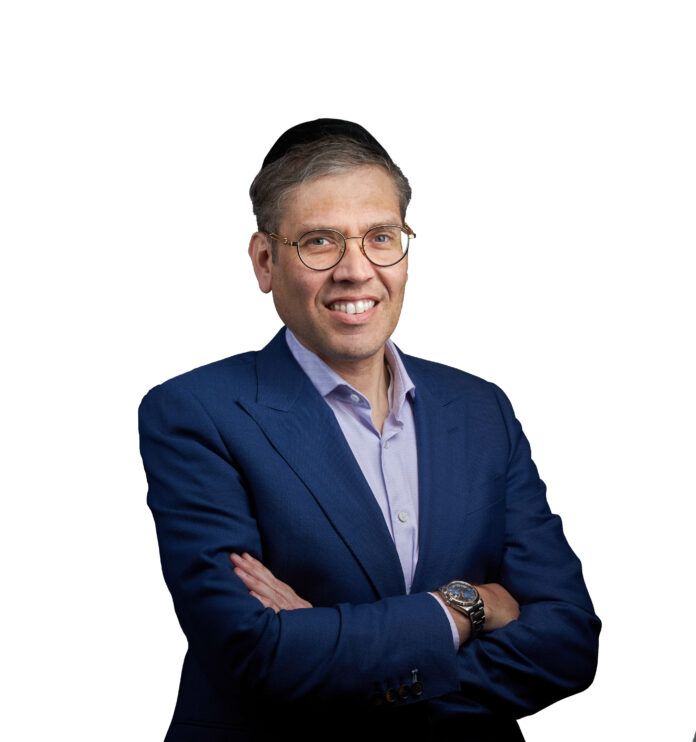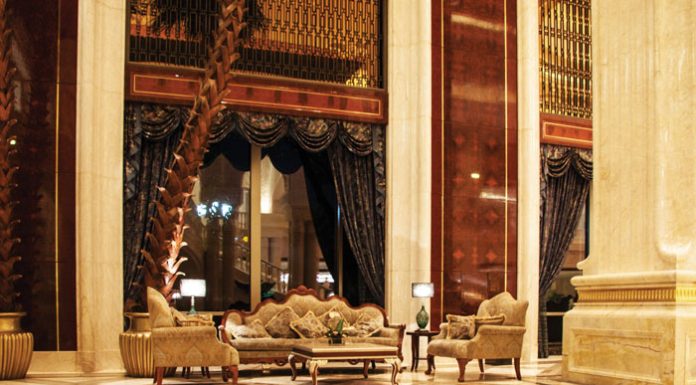Growth requires people. No matter the type of business, I’m convinced people are the greatest resource any business has—more important than technology, big ideas, or even an incredibly talented entrepreneur at the helm. None of it matters if you can’t build a team. If you can grasp hiring the right people, training them to excel, and developing a team culture, you can do more than you ever imagined.
As Eastern Union continued to grow in deal volume, our team did as well. We knew Eastern Union would only be as good as the people backing it. It couldn’t just rely on me or Abe; we needed a team—and we needed the structure to empower that team. It wasn’t long before it became clear that our office at ArtScroll just wasn’t going to cut it anymore. Our team was getting too big, and we knew our plan was to hire even faster.
In many ways, our summer interns in 2002 taught us just as much as we taught them. In just a few short months, they had modeled exactly what we needed to accelerate our business. And even more than that, they reinforced the idea that the future of Eastern needed to be built on people…and a lot of them.
Moving out of the ArtScroll basement was a moment I’ll never forget. While I would miss working in the same building with my father and would always hold a special place in my heart for Eastern Union’s first HQ, I was overjoyed. After devoting a little more than a year of our lives to getting Eastern Union off the ground, we were finding our stride and feeling like a more established company.
We opened our new office in the Flatbush section of Brooklyn. Between work days, our team rented a U-Haul, rolled up our sleeves, and moved ourselves. It was the first of many new offices to come.
Our first office was exciting, but our second office was defining. We knew we had a big consideration to make, and it all revolved around location.
The easy decision would have been to open our second office in the same place as the first. However, Abe and I recognized that people are our greatest commodity, and we felt our first commitment was to build a structure that supported that vision. We also knew that if our team wanted to go to the office on the weekend or come in on a half-day, a long commute would discourage them. Convenience meant efficiency.
So instead of making some of our key brokers travel to our area, we decided to bring our second office to them. We opened our second office in New Jersey and our third in Maryland. Abe and I were thrilled to continue expanding, and our employees were thrilled to be spending less time in traffic and more time with their families.
Have you ever heard of a company relocating for its employees? It’s almost always the other way around; employees are either expected to pick up and move across the country or sit in traffic for several hours a day just to get back and forth. And if they don’t, they’re out of a job.
Abe and I knew we didn’t want to risk losing our best team members, so we decided that it only made sense for our second office to be located where most of our employees were. It’s not easy to find great employees, so when you do find talent that’s irreplaceable, build around it! This is why my newest venture, GPARENCY, operates completely on Zoom—we’ve taken this concept to the next level.
As you grow, it’s crucial that you develop employees who are just as invested as you are. We proved right off the bat that we were willing to go to great lengths for our employees, and it helped us earn their trust and loyalty for many years to come.
Instead of defining your people by your business, define your business by your people. People are what make great ideas a reality. Your team defines the type of clients you attract, the type of hires who want to join you, and the quality of your execution.
Your business can only be as good as your people.
If you build your team around rigid processes and demand that they fit into the equation, you’re going to end up with employees who aren’t invested in the future of your business. Instead, the ultimate goal is to build around a team that can create new and better processes—and that’s exactly what we did at Eastern.
Although we didn’t have much support in the industry at that time, it didn’t bother us because we always had Hashem on our side. Next week, I’ll discuss how we shook up the status quo once again by thanking Hashem publicly and letting our public declaration of faith become a staple of our brand.





















